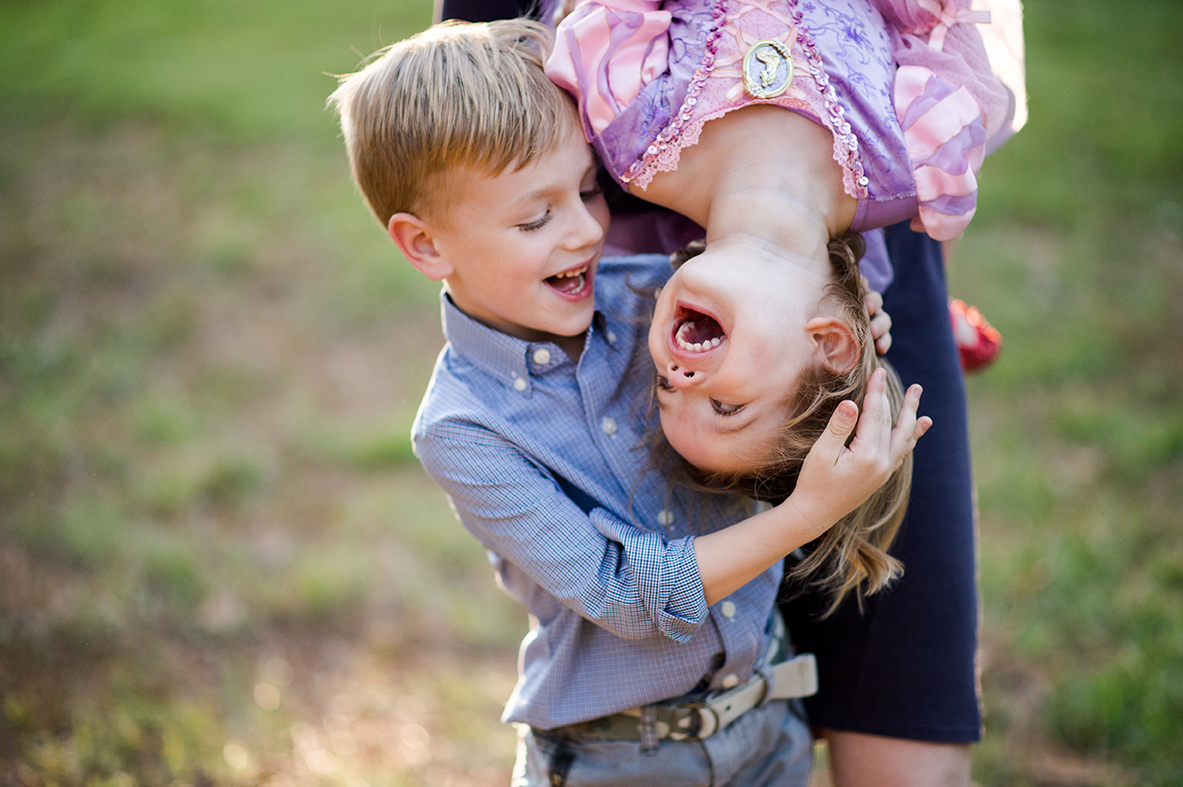The Joy of Less: Embracing Simplicity in photography for Kids
Photography, in its essence, is about capturing moments, freezing time, and telling stories. But for children, the world is a kaleidoscope of overwhelming stimuli. Introducing them to photography doesn’t have to be complex or daunting. In fact, embracing simplicity can unlock their creativity and foster a lifelong love for visual storytelling. Let’s delve into the beauty of simple photography for kids, exploring how to guide them towards capturing meaningful images without getting bogged down in technicalities.
Focus on One Thing at a Time
The world is full of interesting things, but for a child, it can be overwhelming to try and capture everything at once. Start by encouraging them to focus on a single subject. It could be a flower, a toy, a pet, or even a raindrop. This singular focus allows them to truly observe and appreciate the details, textures, and light surrounding their subject.
Why Single Subjects Matter

Clarity: It simplifies the composition, making the image easier to understand and appreciate.
Understanding Negative Space
Negative space, or empty space, is the area surrounding the subject in a photograph. It’s often overlooked, but it plays a crucial role in creating visual impact. Teach children to appreciate the power of leaving space around their subject.
How to Use Negative Space Effectively
Emphasis: It draws attention to the subject, making it stand out.

The Magic of Natural Light
Forget complicated lighting setups. Natural light is your best friend. Teach children to observe how light changes throughout the day and how it affects their subjects. Encourage them to experiment with different lighting conditions, such as:
Golden Hour: The warm, soft light during sunrise and sunset.
Simple Shadow Play
Shadows can add depth and dimension to a photograph. Encourage kids to experiment with capturing shadows, whether it’s their own shadow, the shadow of a tree, or the shadow of a toy. The interplay of light and shadow can create captivating and intriguing images.
The Rule of Thirds (Simplified)
Instead of diving into complex compositional rules, introduce the rule of thirds in a simplified way. Explain that dividing the frame into nine equal parts (like a tic-tac-toe grid) and placing the subject along the lines or at the intersections can create more interesting compositions.
Leading Lines: Guiding the Eye
Leading lines are lines within the image that draw the viewer’s eye towards the subject. They can be roads, fences, rivers, or even shadows. Encourage children to look for leading lines and use them to create a sense of depth and direction in their photographs.
Eye Level: Seeing the World From Their Perspective
Encourage kids to take photos from their own eye level. This simple technique allows them to capture the world from their unique perspective, creating images that are more personal and engaging.
Using a Smartphone or Simple Camera
You don’t need expensive equipment to take great photos. A smartphone or a simple point-and-shoot camera is perfectly adequate for children. The focus should be on creativity and observation, not on technical specifications.
Simple Camera Settings
If using a camera with manual settings, keep it simple. Teach children about basic settings like:
Auto Mode: The easiest option, allowing the camera to handle all the settings.
Encouraging Observation
Photography is a fantastic way to encourage children to observe the world around them. Encourage them to look for beauty in everyday objects and moments.
Documenting Their World
Encourage children to use photography to document their world, whether it’s their toys, their friends, or their favorite places. This creates a visual diary of their experiences and memories.
Making Photography Fun
Photography should be fun and engaging for children. Encourage them to play and experiment with different techniques and perspectives.
Embracing Mistakes
Mistakes are a natural part of the learning process. Encourage children to embrace their mistakes and learn from them. Every “mistake” is an opportunity to discover something new.
Creating a Narrative
Encourage children to think about the stories they want to tell through their photographs. A single image can tell a powerful story if it captures a moment, an emotion, or an idea.
Building a Photo Series
Encourage children to create a series of photographs that tell a story. This can be a simple series of photos of their pet playing, a sequence of images of a flower blooming, or a collection of photos documenting a day at the park.
The Importance of Waiting for the Right Moment
Photography requires patience. Encourage children to wait for the right moment, the right light, or the right expression.
Practicing Regularly
Like any skill, photography requires practice. Encourage children to take photos regularly, even if it’s just for a few minutes each day.
Creating a Photo Album or Scrapbook
Encourage children to create a photo album or scrapbook to showcase their work. This is a great way to preserve their memories and celebrate their creativity.
Sharing Their Photos
Encourage children to share their photos with family and friends. This can be done through social media, email, or by printing their photos and creating a display.
Simplicity in photography for kids is not about limiting their creativity, but about freeing them from the constraints of technical complexity. By focusing on the essentials – a single subject, light and shadow, and simple composition – children can discover the joy of capturing meaningful images and telling their own visual stories. Photography becomes a tool for observation, expression, and connection, a way to see the world with fresh eyes and appreciate the beauty in the everyday. By nurturing their natural curiosity and encouraging them to explore the world through the lens, we can help them develop a lifelong passion for photography.
